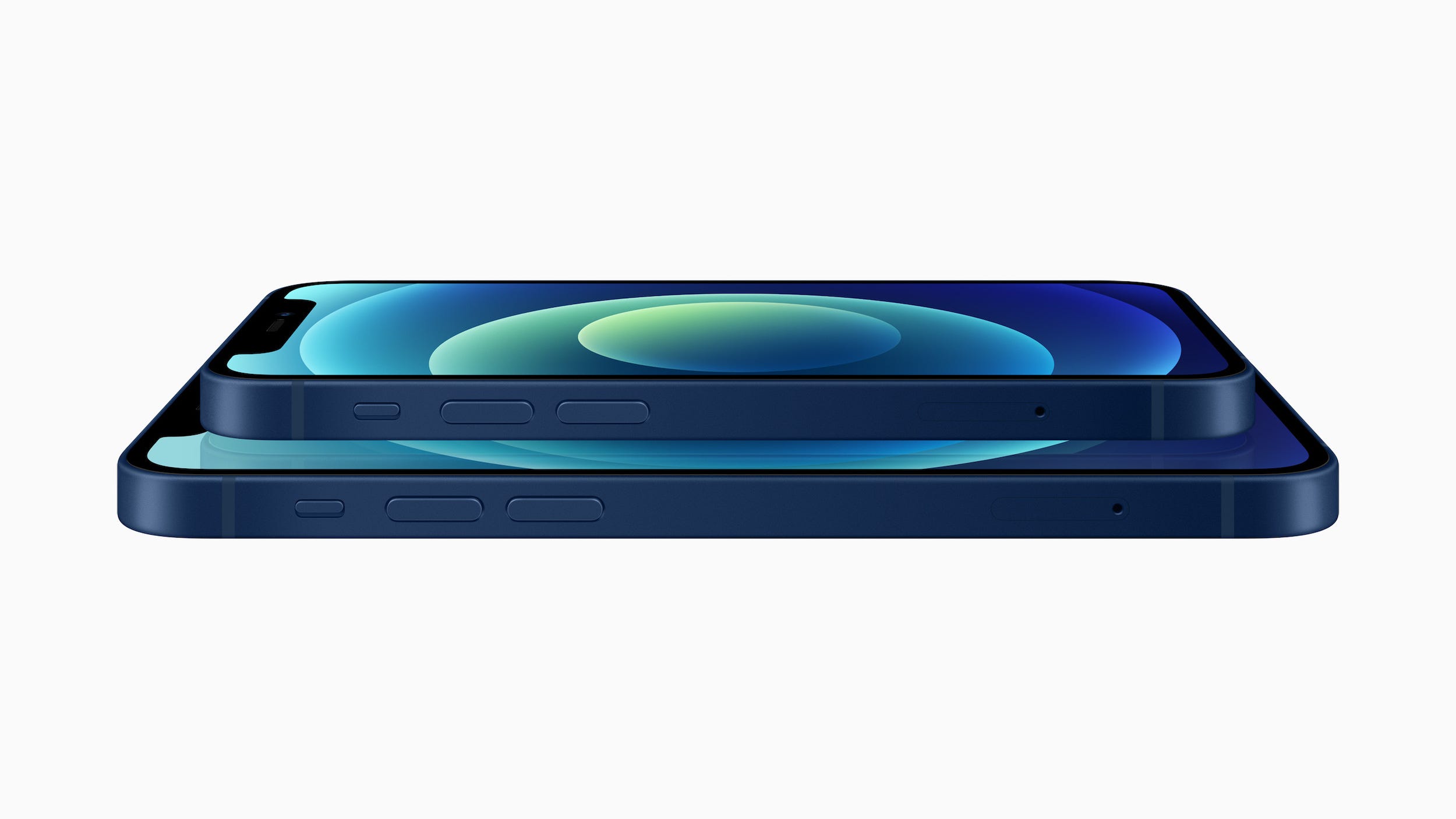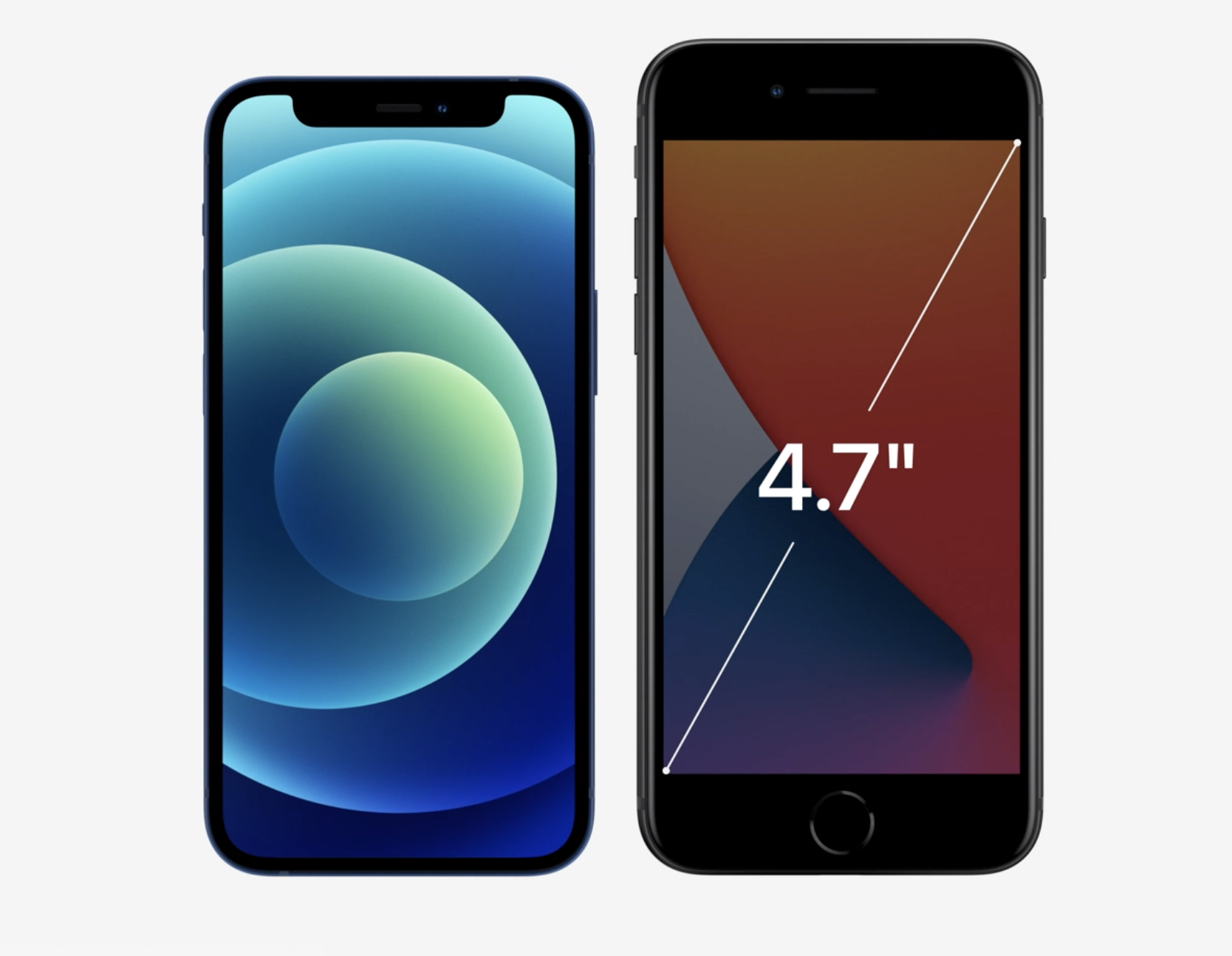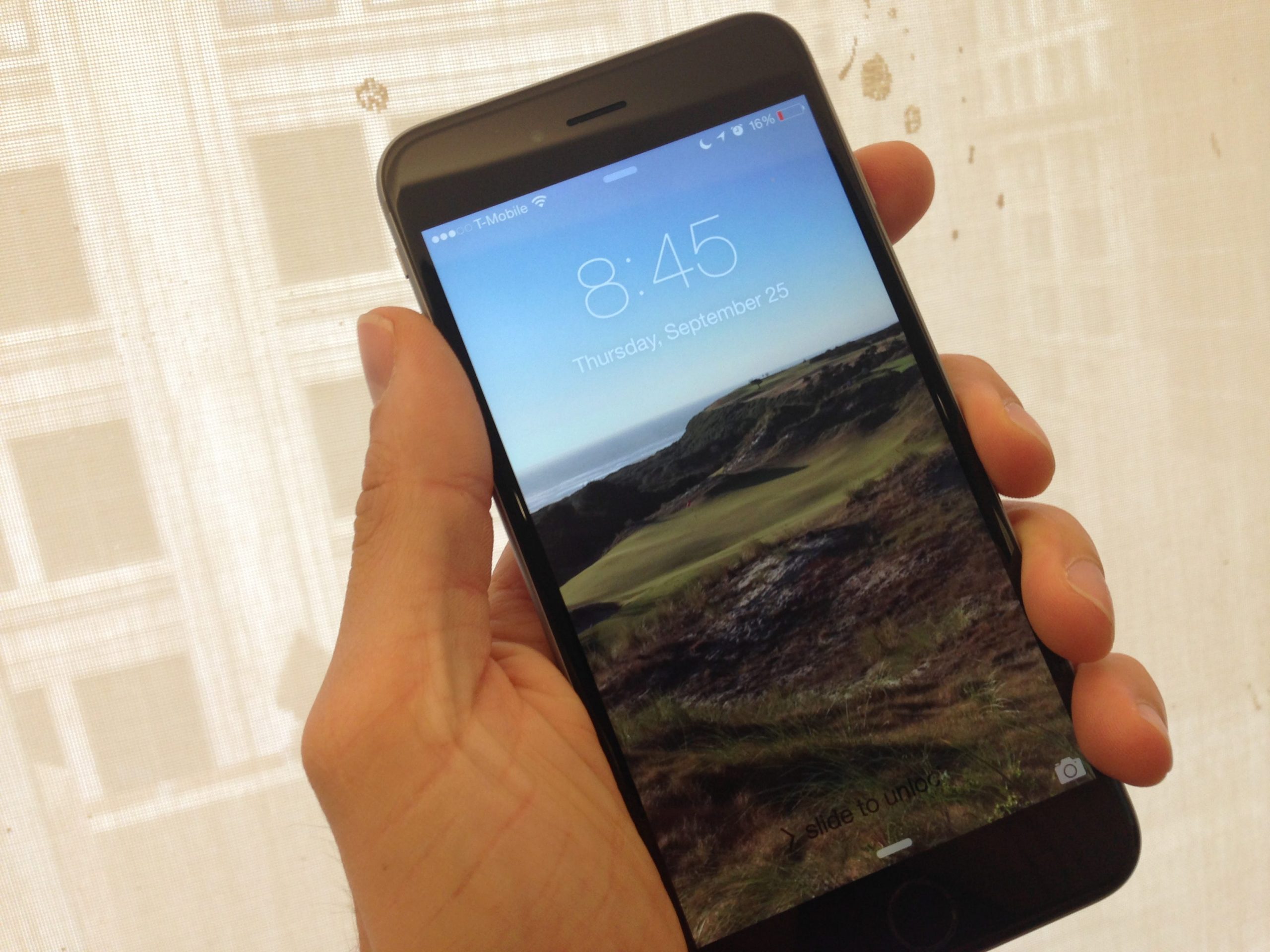
Apple
- In October, Apple announced the iPhone 12 Mini, which comes with a 5.4-inch screen, making it the smallest phone Apple has released in years.
- The announcement sparked excitement on both Twitter and Reddit following its unveil.
- The iPhone 12 Mini became available for preorder on Friday alongside Apple’s other new iPhones.
- Smaller-sized phones have become rare in recent years as smartphone makers have shifted to larger screens.
- Some analysts also predict that the iPhone 12 Mini will be among the most popular of Apple’s new iPhone models.
- Visit Business Insider’s homepage for more stories.
Forget 5G — Apple is bringing back the smaller-sized smartphone.
Apple’s iPhone 12 Mini is a version of its new iPhone 12 that comes with a 5.4-inch screen. That makes the iPhone 12 Mini the smallest iPhone Apple has released in years, even tinier in size than the iPhone SE — even though the iPhone 12 Mini has a larger display than the SE. (The iPhone SE has bezels around the screen that add to its size.) Apple has called the iPhone 12 Mini the smallest 5G phone on the market.
The company announced the iPhone 12 Mini and the rest of the iPhone 12 lineup on October 13. The phone just went up for preorder on November 6 alongside the super-sized iPhone 12 Pro Max.
It represents a significant shift in approach for Apple, which along with the rest of the industry has gravitated toward bigger screens in recent years.
“Finally, we believe the lower priced iPhone 12 Mini (the smallest, thinnest, and lightest 5G phone in the world) is somewhat of a needle mover, as we believe a portion of the install base is looking for a smaller phone after several years of screen size increases,” Piper Sandler & Co. analysts Harsh V. Kumar and Matthew F. Farrell wrote in an October research note.
The new size option certainly sparked some excitement. On Reddit, a post titled, "As someone who misses small phones, I'd like to thank Apple for the iPhone 12 mini" sparked a thread with hundreds of comments following Apple's announcement. Similar remarks circulated on Twitter.
—Immanuel Lim (@immanuelvlim) October 14, 2020
—zoe (@zoemeetagain__) October 14, 2020
—iamjordan (@ikyooosh_) October 14, 2020
—👻markdark05🎃 (@markdark05) October 14, 2020
—Alex (Not Responding) (@mtgyakuza) October 14, 2020
There's a simple reason why people are so enthusiastic about the iPhone 12 Mini: there isn't much selection when it comes to smaller-sized phones. Or at least not if you're looking for a phone that's quite as compact as the iPhone 12 Mini.
Google's recently launched Pixel 4a comes with a slightly larger 5.8-inch screen, and the body itself is also bigger than the iPhone 12 Mini. The Pixel 4a is 5.7 inches in height, 2.7 inches wide, and weighs 143 grams. The Pixel 5 is slightly bigger.
The iPhone 12 Mini, by comparison, is 5.18 inches tall, 2.53 inches wide, and weighs 135 grams.

Apple
Samsung also launched the miniature Galaxy S10e last year, but that phone is larger than the iPhone 12 Mini, too. The Galaxy S10e is about 5.6 inches high, 2.75 inches wide, weighs 150 grams, and comes with a 5.8-inch screen.
The Sony Xperia XZ2 Compact comes close to the iPhone 12 Mini in terms of height and width, but Apple's phone still has it beat. Sony's device has an even smaller screen than the iPhone 12 Mini at 5 inches, but measures about 5.31 inches high and 2.56 inches wide, and weighs 168 grams.
But most importantly, Sony's phone is also much older than the iPhone 12 Mini, Pixel 4a, and Samsung Galaxy S10e considering it's from 2018. That means its powered by an older processor, doesn't support 5G, and runs on older software, while the iPhone 12 Mini has all of the same features as the larger iPhone 12.
Unless you own a phone from around 2013 or earlier, it's probably been years since you've used a smaller-sized phone. That's because many phone makers began shifting to bigger displays around 2014.
For example, Apple's iPhone 6 Plus, its first larger-sized phone, with a 5.5-inch screen, debuted in September 2014. Samsung, meanwhile, has been somewhat of a pioneer when it came to increasing the size of the smartphone's screen thanks to its Galaxy Note line, which debuted in 2011.

Business Insider
One of the key trends that drove growth in the smartphone industry back in 2014 was larger screens, according to a report from market research firm The International Data Corporation at the time. By the end of 2014, sales of larger-sized smartphones — known as "phablets" back then (a portmanteau of "phone" and "tablet") — began to cut into the tablet market, as research firm Canalys reported at the time.
The demand for bigger phones makes sense when you look at the shift that was occuring in the industry around that time. Although the first iPhone had launched seven years earlier, smartphones were only really starting to take off around that time. In fact, they outsold feature phones for the first time in 2013. As more people made the shift to smartphones and have come to rely on them for daily tasks, it made sense that there would be a need for larger screens.
"I understand the movement to bigger screens, but I think there's a group of people over the last seven years that have felt left out," Gene Munster, a managing partner at Loup Ventures, said in a previous interview with Business Insider. "So I think there is pent-up demand for a latest and greatest in a smaller form factor."
Now, in 2020, smartphones have reached a point at which they can't really get any bigger. Instead, companies like Samsung, Microsoft, and Huawei have started developing foldable phones with screens that can expand when needed but are also able to fold up into a more compact device.
Since preorders only just started, it's too soon to tell whether the iPhone 12 Mini will be a top-seller for Apple. But it's worth noting that the other smaller and cheaper smartphone the company launched in 2020 — the $400 iPhone SE — was well-received. The company credited the iPhone SE as being one of the key reasons its iPhone revenue grew in its fiscal third quarter of 2020.
It's an interesting time for a smaller-sized phone, considering many people are still likely spending much of their day at home because of the COVID-19 pandemic and may not fully appreciate the iPhone 12 Mini's pocket-friendly design. Still, the reaction alone shows there's at least some excitement around the return of a smaller iPhone.

